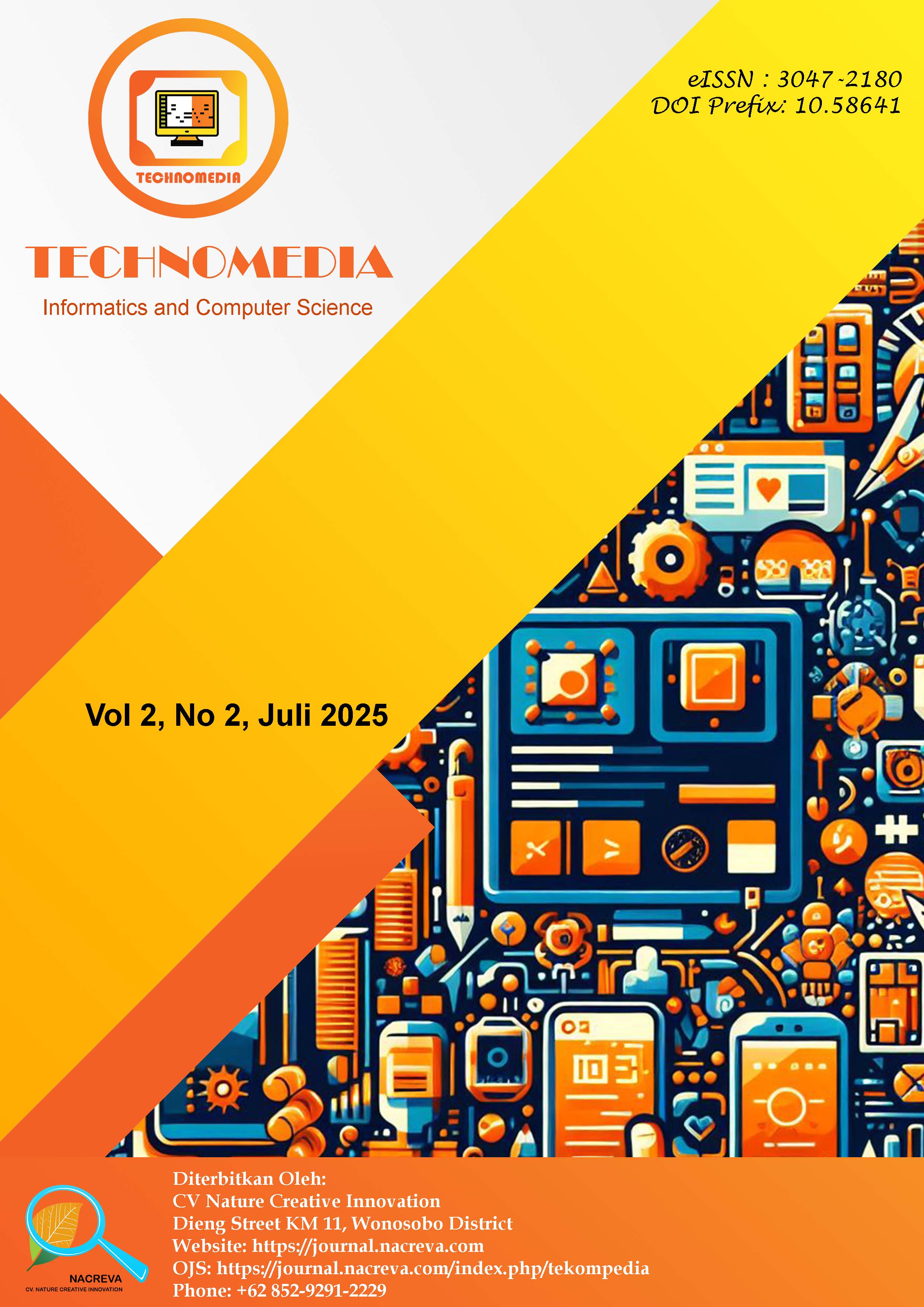OPTIMIZING WORKFORCE PRODUCTIVITY THROUGH MACHINE LEARNING BASED PREDICTION
DOI:
https://doi.org/10.58641/technomedia.v2i2.147Keywords:
Model Prediksi, Tenaga Kerja, Pembelajaran Mesin, Random Forest.Abstract
Labor welfare is commonly reflected in the increase of wages received by workers, which serves as an indicator of labor productivity. Labor productivity can be influenced by various factors including education, work experience, capital investment, capital expenditure, population density, regional original income, special allocation funds, altitude, and infrastructure. This study applies machine learning techniques to identify the most accurate model for predicting labor productivity in Indonesia. Five models were evaluated: Linear Regression, K-Nearest Neighbors (KNN), Support Vector Regression (SVR), Random Forest, and Gradient Boosting. Among these, the Random Forest model demonstrated the lowest Root Mean Square Error (RMSE) value of 0.270, indicating superior predictive performance. Consequently, the Random Forest model is recommended for labor productivity prediction. Feature importance analysis revealed that education is the most influential factor affecting labor productivity.
Downloads
Published
How to Cite
Issue
Section
License
Copyright (c) 2025 Adelina Octavia Sihombing

This work is licensed under a Creative Commons Attribution 4.0 International License.


















